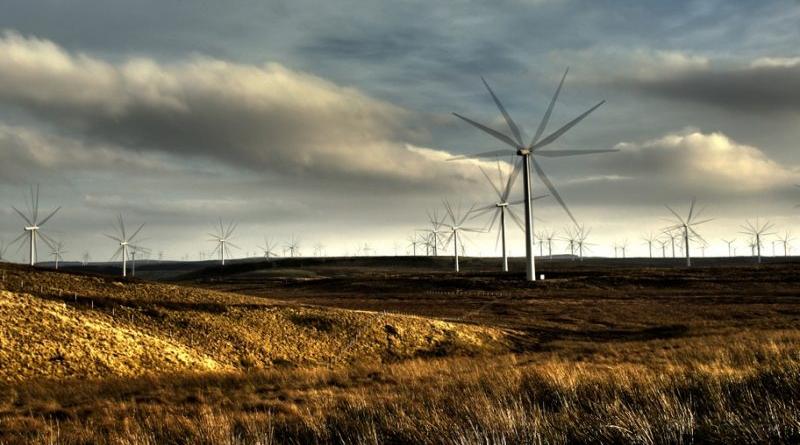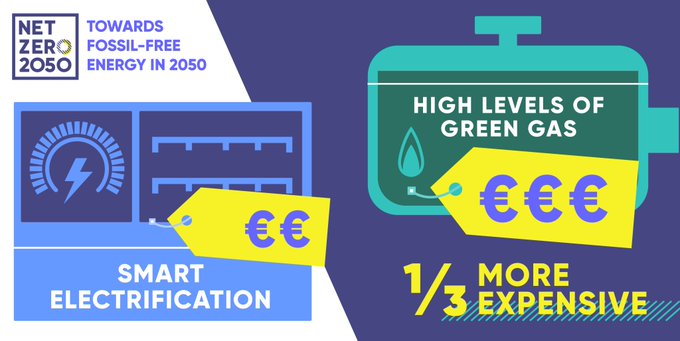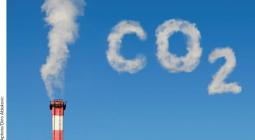Study charts six scenarios for fossil-free energy by 2050.

Cutting energy use in buildings, ramping up renewable electricity and developing large-scale storage with hydrogen are clear options in bringing energy emissions down to zero by 2050, according to a new study published on Thursday (14 March).
The study takes the European Commission’s long-term strategy for a climate neutral economy as a starting point. It then draws up scenarios for how to get there, using six countries with varying levels of wind, sunshine and gas infrastructure – Spain, France, Germany, Poland, Hungary and Bulgaria.
Common to all the scenarios are three features: Building efficiency, clean electricity, and long-term storage. The key is to unlock building renovations and smart electrification of road transport and heating sectors, says the report, conducted by Element Energy and Cambridge Econometrics.
“What’s really valuable about this study is that it shows us there are plenty of options to go fossil-free and bring emissions down to net-zero,” said Lisa Fischer from E3G, a climate think-tank which provided advice for the report.
“It’s very clear that there are no regret solutions like energy efficiency, electrification and deployment of renewables,” Fischer told EURACTIV, before the report was officially launched in Brussels.
Buildings renovation, for instance, can bring up to €23 billion worth of savings on energy bills for households, according to the study.
“The debate is no longer about whether Europe can be climate neutral by 2050 but about how we get there. It is time to make clear choices towards fossil free energy systems in Europe,” said Laurence Tubiana, CEO of the European Climate Foundation, which commissioned the report.
Authors say none of the scenarios in the study rely entirely on direct electrification of all energy demand. Rather, they point to “the complementarity of direct electrification with heat networks and carbon-neutral green hydrogen,” which can be used for long-term energy storage.

Hydrogen trade-offs
The report also highlights trade-offs. For instance, green hydrogen produced from renewable electricity does have a key role to play in seasonal energy storage, especially across Northern Europe where the demand for heating is high during winter.
But extending hydrogen use to the residential heating and road transport sectors “risks super-sizing the energy infrastructure, adding up to +36% of investment costs,” the report warns. In particular, the savings in electricity infrastructure (-22%) from using more green hydrogen are outweighed by the additional investments that would be required for electricity generation to produce them (+ 16%) and gas network upgrades and maintenance (+248%).
The debate around the cost and potential of hydrogen has intensified in Brussels since the European Commission published its scenarios for a climate-neutral economy last November. The Commission says those technologies “become attractive in the context of abundant electricity generated from carbon-free sources” such as wind, solar and nuclear power.
German industry association BDI even sees a potential for massive production of green hydrogen, or e-fuels, imported in huge quantities from sunny places like Australia and Africa.
Oil and gas companies are also seeing hydrogen opportunities. However, their variety would not be obtained from green electricity but from fossil-based natural gas, combined with carbon sequestration – so-called “blue hydrogen”.
Equinor, the Norwegian energy company, says annual production of hydrogen from natural gas already reaches 170bcm per year. It believes much more can be produced economically with the right incentives in place.
That, however, is a red flag for environmentalists. “For green hydrogen, an essential first step for policymakers is to develop clear, science-based definitions, standards and terminology to distinguish between other types of alternative gases on the basis of their lifecycle greenhouse gas emissions,” says the European Climate Foundation in its report.
15 March 2019





